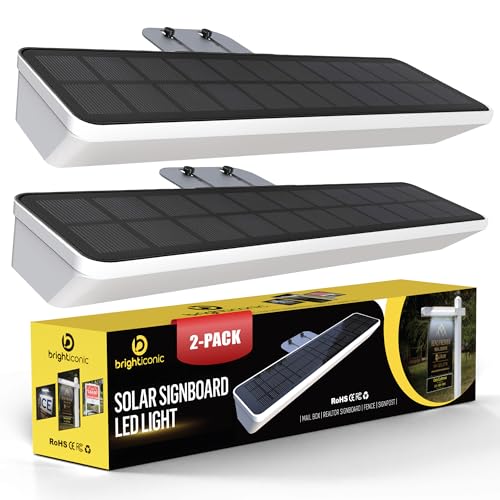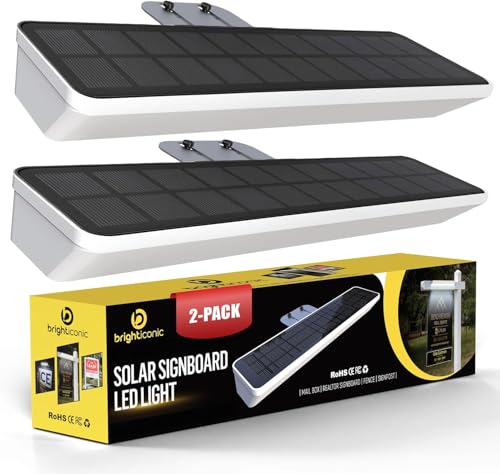Imagine stepping into your garden as the sun sets, greeted by a warm, inviting glow from beautifully placed solar lights. I’ve always loved how the right lighting can transform a space, making it feel magical and welcoming after dark.

Installing solar lights is easier than you might think, and it’s a fantastic way to enhance your outdoor area sustainably. From pathways to flower beds, there are endless possibilities to showcase your garden’s best features while keeping energy usage low. Let me share some tips and insights to help you get started on lighting up your green space with solar power.
Benefits Of Installing Solar Lights
- Energy Efficiency: Solar lights convert sunlight into electricity, lowering energy consumption and reducing my carbon footprint.
- Cost Savings: By using free solar energy, I save on electricity bills and avoid the installation costs of traditional wired lighting.
- Easy Installation: Without the need for wiring, I can place solar lights anywhere in my garden, simplifying the setup process.
- Environmentally Friendly: Solar lights operate without emitting greenhouse gases, contributing to a healthier environment.
- Enhanced Aesthetics: They add a charming glow to pathways, flower beds, and focal points, enhancing the overall beauty of my garden.
- Low Maintenance: With no wiring or complex components, I enjoy hassle-free lighting that requires minimal upkeep.
- Safety and Security: Illuminated paths and dark areas deter intruders and prevent accidents, ensuring my garden remains safe at night.
- Versatility and Flexibility: Available in various styles and designs, I can choose solar lights that match my garden’s theme and layout.
Types Of Solar Garden Lights
I offer various solar garden light options to suit different needs and enhance your garden’s appeal.
Path Lights
I install path lights to illuminate walkways and garden paths, ensuring safe navigation. These lights feature durable fixtures with built-in solar panels, providing consistent illumination throughout the night.
Spotlights
I use spotlights to highlight specific garden features like trees, sculptures, or flower beds. Adjustable angles allow precise lighting, creating focal points and adding depth to your garden’s design.
String Lights
I incorporate string lights to add a warm and inviting atmosphere to your outdoor space. These lights consist of multiple solar-powered bulbs connected along a flexible wire, perfect for draping over pergolas, patios, or trees.
Choosing The Right Solar Lights
Selecting the perfect solar lights enhances your garden’s beauty and functionality. I consider several key factors to ensure the best fit for my outdoor space.
Factors To Consider
When choosing solar lights, I evaluate their brightness measured in lumens to match my garden’s needs. Higher lumens provide stronger illumination for pathways, typically ranging from 100 to 300 lumens. Battery capacity is crucial; I prefer lights with at least 2000mAh to ensure up to 8 hours of runtime. I also check the solar panel efficiency, targeting panels that can fully charge in six hours of sunlight. Durability matters too, so I select lights with an IP65 rating for weather resistance. Additionally, I consider motion sensors for security and timers for automated lighting schedules.
Design And Style
Design and style play a significant role in complementing my garden’s theme. I choose path lights with sleek, stainless-steel finishes to match modern landscapes. For a whimsical touch, I install solar lanterns with decorative glass panels. Spotlights help highlight specific features like flowering shrubs or garden art, adding depth and interest. String lights create a cozy atmosphere, perfect for outdoor gatherings. I also explore colors and shapes, opting for warm white LEDs to create a welcoming glow or colorful options for a vibrant look. Ensuring the styles blend seamlessly with existing garden elements makes the solar lights both functional and aesthetically pleasing.
Installation Preparation
Preparing properly ensures your solar lights function efficiently and enhance your garden beautifully.
Selecting Locations
Choosing optimal spots maximizes light performance and aesthetic appeal. I prioritize areas with ample sunlight exposure, typically facing south or west, to ensure solar panels receive sufficient light. Additionally, I consider the garden’s layout, placing path lights along walkways and spotlights near key features like trees or sculptures. If space allows, I integrate string lights around pergolas or patios to create a cohesive look.
Preparing The Area
Proper preparation lays the groundwork for a seamless installation. I clear the installation zones of debris and ensure surfaces are level, providing a stable base for the lights. Next, I mark the exact positions using stakes or markers, aligning them with my garden’s design plan. If needed, I install mounting brackets or anchors to secure the lights firmly. Finally, I test each location for sunlight exposure to confirm optimal charging before proceeding with the installation.
Step-By-Step Installation Guide
Installing solar lights in your garden is straightforward. Follow these steps to ensure a successful setup.
Setting Up The Solar Panels
- Choose Sunlit Locations: I select spots where solar panels receive direct sunlight for most of the day.
- Mount the Panels Securely: I use mounting brackets or stakes to fix the panels at an angle that maximizes sun exposure.
- Connect to Power Sources: I attach the solar panels to the light fixtures following the manufacturer’s wiring instructions.
- Verify Charging Efficiency: I place the panels in sunlight for several hours and check that the batteries charge fully before installation.
Securing The Lights
- Mark Installation Points: I outline where each light will be placed, focusing on pathways and key garden features.
- Prepare the Ground: I clear any debris and level the ground. For ground stakes, I dig shallow holes about 4 inches deep.
- Install Mounting Hardware: I insert stakes firmly into the ground or attach mounts to walls, ensuring they are stable and secure.
- Attach the Solar Lights: I fix the lights to their mounts, making sure they are properly aligned for optimal illumination.
- Adjust and Test: I adjust the angle of each light to highlight specific areas and test them during dusk to confirm proper functionality.
Maintenance And Troubleshooting
Maintaining solar lights ensures they function efficiently and last longer. Addressing common issues promptly keeps your garden illuminated and beautiful.
Cleaning And Care
Regular cleaning extends the lifespan of your solar lights. I wipe the solar panels with a soft cloth to remove dust and debris, ensuring optimal sunlight absorption. Checking and replacing batteries every one to two years maintains consistent performance. I also inspect the fixtures for any damage, tightening loose parts to prevent malfunction.
Common Issues
Solar lights may encounter several issues that affect their performance. If lights dim, I ensure the solar panels are free from obstructions and receive adequate sunlight. Should the lights not turn on, I verify the battery connections and replace batteries if necessary. For flickering lights, I check for damaged wiring or connections and secure any loose components. Addressing these problems promptly keeps your garden lighting reliable and vibrant.
Conclusion
Installing solar lights in my garden has been a game changer. Watching the pathways and flowers glow each evening brings so much joy. I love that it’s an easy and eco-friendly way to enhance my outdoor space. If you’re thinking about upgrading your garden, give solar lights a try. You’ll enjoy the beautiful ambiance and the peace of mind that comes with using sustainable lighting.



![The DIY Off Grid Solar Power Bible: [10 in 1]](https://m.media-amazon.com/images/I/517BdaiBePL._SL500_.jpg)












